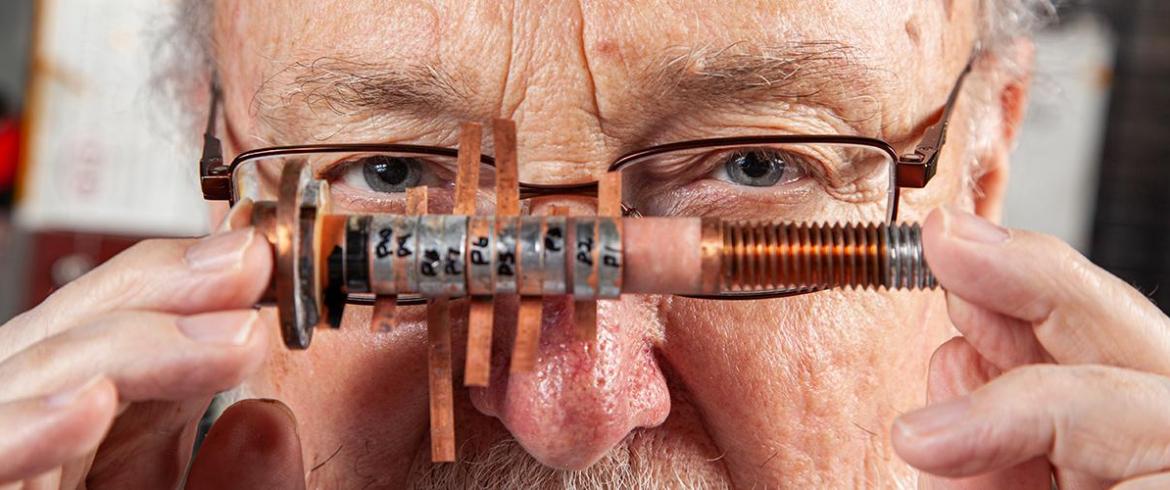
If you’ve ever had a magnetic resonance imaging scan (MRI), you have benefited from the research done at the Applied Superconductivity Center (ASC), which has been part of the National High Magnetic Field Laboratory (NHMFL) and the FAMU-FSU College of Engineering since 2006. In the 1980s, while at UW-Madison, David Larbalestier, an engineering professor, and Peter Lee, Ph.D., an ASC scientist, developed the technology industry still uses today to produce the Nb-Ti superconducting wire that creates the magnetic field in MRI systems. With this technology, powerful MRI studies opened a new world to medical practitioners with the ability to see internal abnormalities such as hairline fractures and tumors more clearly and less invasively.
Currently five FAMU-FSU College of Engineering Mechanical Engineering faculty members are researchers at the Applied Superconductivity Center (ASC). They are professors Larbalestier, Lance Cooley and Eric Hellstrom and associate professors Seungyong Hahn and Fumitake Kametani.
Recently, Hahn and Larbalestier led a team that set a new world-record magnetic field of 45.5 T (Teslas) at the NHMFL – roughly 70 times stronger than the strongest permanent magnets. The group used a small coil made from REBCO superconductor to set the record, which demonstrated high magnetic fields can be generated using superconductors. Greg Boebinger, director of NHMFL, said these small, powerful magnets could be used in particle detectors, nuclear fusion reactors and diagnostic tools in medicine.
Larbalestier, Hellstrom and Kametani are working on Bi- 2212, another superconducting material that can produce very high magnetic fields. Unlike REBCO—a flat tape—Bi- 2212 is a round wire. This may seem insignificant, but round wire has many advantages over flat tapes when winding a coil. An interesting project going on at ASC is a collaboration with a private company involving production of Bi-2212 coils. The researchers hope to be able to insert the coils in existing superconducting laboratory magnets to upgrade their performance from 18 T to about 25 T.
Larbalestier and Cooley are studying Nb.Sn, a superconductor being used to upgrade the CERN accelerator. Cooley also is investigating the superconductor Nb for use in SRF (superconducting radio frequency) cavities. The goal is to accelerate particles to faster speeds over the same distance, resulting in higher beam energies in accelerators. ASC also measures mechanical and electromagnetic properties of superconductors, and designs and tests prototype coils.
Major ASC funding comes from the Department of Energy’s Office of High Energy Physics and from the National Science Foundation’s Division of Materials Research.
